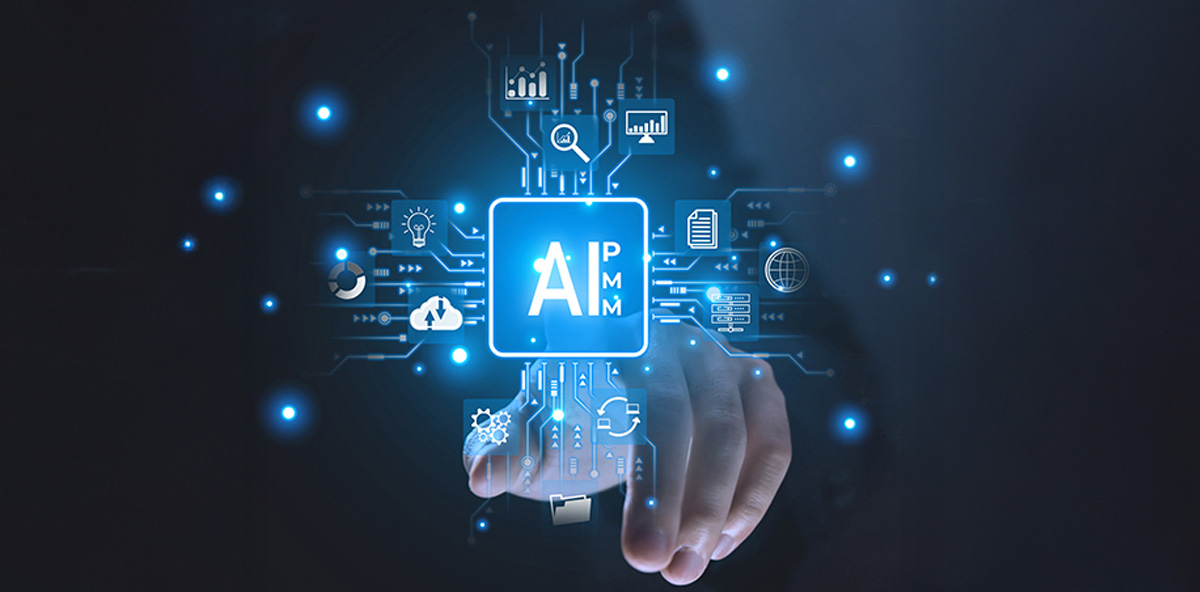Best Practices Articles
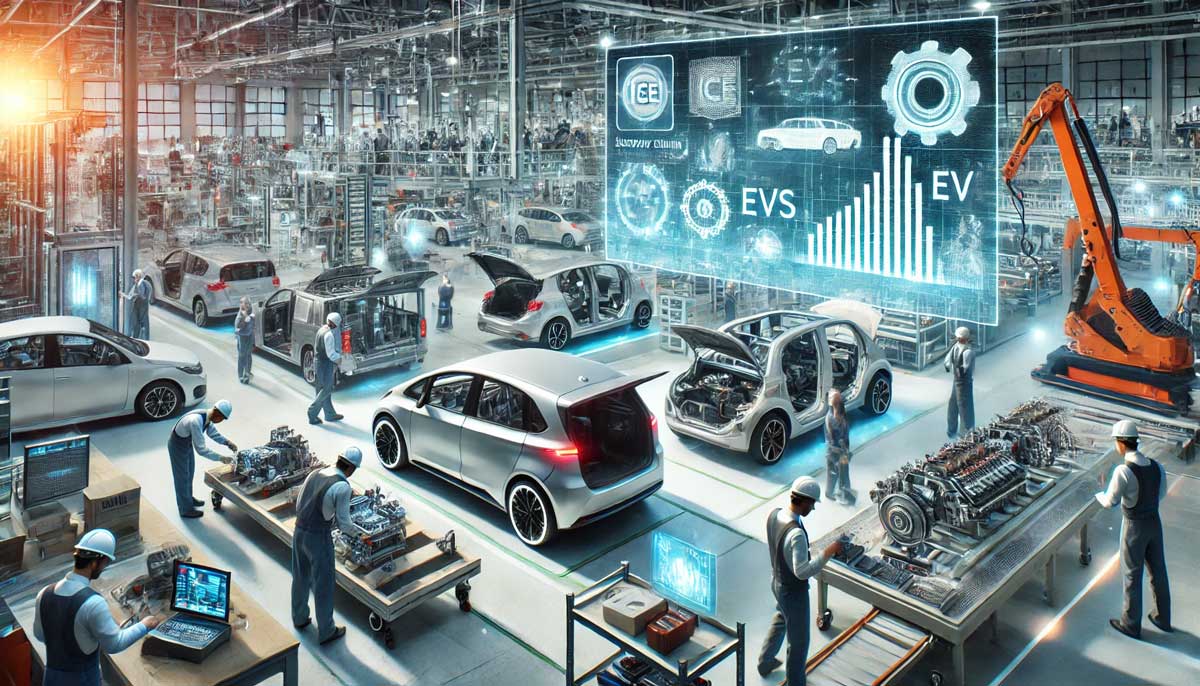
The Future of the Automotive Partner Ecosystem
Part 3
The partner ecosystem faces new challenges and opportunities as the automotive industry evolves. The transition to Electric Vehicles (EVs), the growing importance of software, and the influence of state capitalism are all shaping the future of the industry’s supply chain. Understanding these dynamics is crucial for stakeholders navigating the rapidly changing landscape.
The Challenge of Transitioning from ICE to EVs
For incumbent automakers, transitioning from Internal Combustion Engine (ICE) vehicles to Electric Vehicles (EVs) presents significant challenges. Companies that have built their business models around complex supply chains and extensive dealer networks must now adapt to a new reality where simplicity, speed, and direct-to-consumer models are essential.
The move towards EVs requires a complete rethinking of the automotive partner ecosystem, as traditional suppliers are no longer needed for many components. At the same time, new partnerships must be forged to support the production of batteries, electric motors, and other EV-specific technologies. This transition will likely lead to further consolidation within the industry, as companies that cannot adapt may be forced out of the market or acquired by more agile competitors.
One of the most significant challenges for incumbent automakers is the need to build new relationships with suppliers of EV-specific components, particularly batteries. The battery is the most expensive and critical component of an EV, and securing a stable supply of batteries is essential for automakers to compete in the market. However, the global battery supply chain is currently dominated by a few key players, many of which are based in China. This concentration of battery production creates supply chain vulnerabilities and increases the risk of disruptions.
Many automakers are investing in their battery production capabilities or forming partnerships with manufacturers outside of China to address these challenges. For example, General Motors has announced plans to build multiple battery factories in the United States in collaboration with LG Chem. These investments are part of a broader strategy to reduce dependence on external suppliers and ensure a stable supply of batteries for future EV production.
In addition to building new supplier relationships, incumbent automakers must also adapt their manufacturing processes to accommodate the production of EVs. This often requires significant capital investment in new equipment, training, and infrastructure. The shift to EV production also has implications for the workforce, as many skills necessary to build ICE vehicles are no longer needed for EVs. Automakers must invest in retraining programs to prepare their workforce to transition to EVs.
The transition to EVs also challenges automakers’ dealer networks. Traditional dealership models, built around the sale and servicing of ICE vehicles, may not be well-suited to the needs of EV customers. EVs require less maintenance than ICE vehicles, which could reduce dealership revenue opportunities. Additionally, the rise of direct-to-consumer sales models, popularized by companies like Tesla, could further disrupt the traditional dealership model.
Some automakers are exploring new business models and partnerships to navigate these challenges. For example, some companies offer subscription services that allow customers to lease EVs short-term rather than purchasing them outright. Others are investing in digital platforms enabling customers to buy and service their vehicles online, bypassing traditional dealerships altogether.
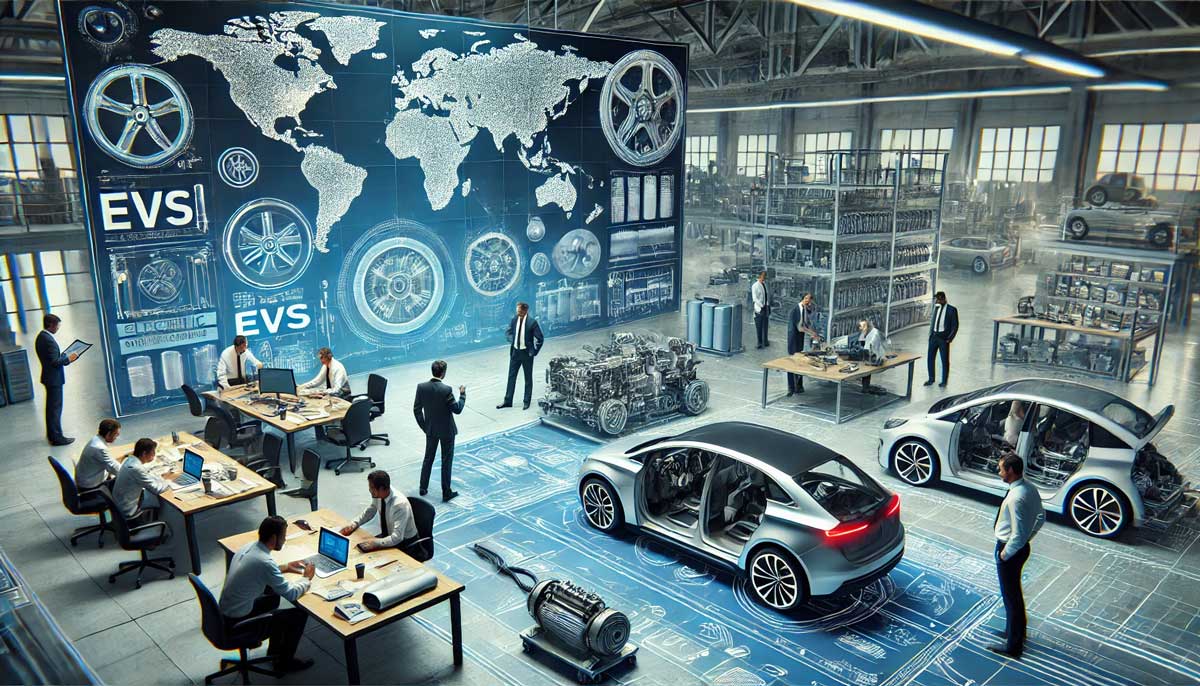
The Rise of Vertical Integration in the Automotive Industry
One of the most significant trends shaping the future of the automotive partner ecosystem is the move toward vertical integration. Major automakers, particularly in the EV sector, are increasingly producing components in-house rather than relying on external suppliers. This approach allows companies to control their supply chains, reduce costs, and accelerate innovation.
Tesla is a prime example of this trend, producing everything from batteries to software in-house. This vertical integration has allowed Tesla to achieve significant cost advantages and maintain a competitive edge in the rapidly growing EV market. Other automakers follow suit, leading to a fundamental reshaping of the automotive partner ecosystem.
Vertical integration offers several advantages for automakers. First, it allows companies to have greater control over the quality and availability of critical components, such as batteries and electric motors. By producing these components in-house, automakers can reduce their dependence on external suppliers and mitigate the risk of supply chain disruptions.
Second, vertical integration can save costs by eliminating the need to pay external suppliers for components. This is particularly important in the EV market, where the price of batteries is a significant factor in determining the overall cost of the vehicle. By producing batteries in-house, automakers can reduce costs and pass those savings on to consumers, making their cars more competitive.
Third, vertical integration allows automakers to accelerate innovation by integrating hardware and software development. This is particularly important in the EV market, where software is critical in everything from battery management to autonomous driving. By developing software in-house, automakers can ensure that it is tightly integrated with the hardware, leading to better performance and a more seamless user experience.
However, vertical integration also presents challenges. It requires significant capital investment in new manufacturing facilities, equipment, and talent. Automakers must also develop new capabilities in areas where they may not have had expertise, such as battery production or software development. Additionally, vertical integration can limit the flexibility of the supply chain, as automakers may find it more difficult to switch suppliers or adapt to new technologies if they are heavily invested in producing components in-house.
Despite these challenges, vertical integration will likely become more prevalent in the automotive industry as companies seek to gain a competitive edge in the rapidly changing market. The future of the automotive partner ecosystem will be defined by a smaller number of large, vertically integrated companies that control significant portions of the supply chain.
The Future Dynamics of the Automotive Partner Ecosystem
Looking ahead, the automotive partner ecosystem will continue to evolve in response to technological advancements, changing consumer preferences, and geopolitical challenges. The rise of Electric Vehicles (EVs) will remain a key driver of change, with the shift towards vertical integration and the growing importance of software reshaping the supply chain.
However, new challenges will also emerge. As the demand for critical minerals like lithium and cobalt increases, securing a stable supply of these materials will become increasingly important. The influence of state capitalism, particularly in China, will continue to shape the global supply chain as governments play a more active role in supporting their domestic industries.
At the same time, new entrants to the automotive market, such as tech companies and startups, will introduce new dynamics to the automotive partner ecosystem. These companies often operate with different business models and priorities than traditional automakers, leading to new forms of competition and collaboration.
For example, tech companies like Apple and Google have expressed interest in entering the automotive market by developing their vehicles or providing software and services to automakers. These companies bring a different perspective to the industry, focusing on user experience, software integration, and data-driven decision-making. They will likely challenge traditional automakers and suppliers as they enter the market, leading to new partnerships and business models.
The growing importance of sustainability will also shape the future of the automotive partner ecosystem. As governments and consumers increasingly demand more environmentally friendly vehicles, automakers and suppliers must develop new technologies and materials that reduce the environmental impact of production and operation. This will create new opportunities for innovation and collaboration within the automotive partner ecosystem as companies work together to develop solutions that meet these demands.

In conclusion, the automotive partner ecosystem is at a crossroads, with significant changes on the horizon. The transition to electric vehicles, the rise of vertical integration, and the growing importance of software are all reshaping the industry’s supply chain. At the same time, new challenges, such as securing critical minerals and adapting to new market entrants, will test the resilience and adaptability of the automotive partner ecosystem. Those companies that can successfully navigate these changes will be well-positioned to thrive in the future.
Read the 1st part on "The Evolution of the Automotive Partner Ecosystem".
Best Practices Guidebook
 Reimagine Sales Development. Build a Smarter Prospecting Engine
Reimagine Sales Development. Build a Smarter Prospecting EngineDownload Guide
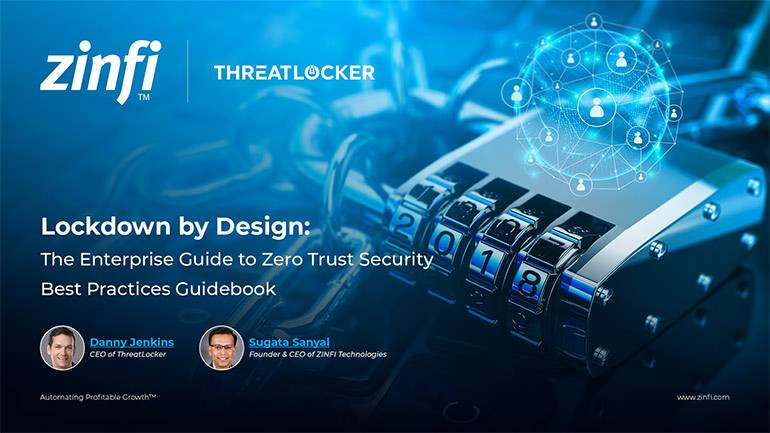 The Zero Trust Imperative: Fortifying Enterprise Security Against AI-Driven Threats
The Zero Trust Imperative: Fortifying Enterprise Security Against AI-Driven ThreatsDownload Guide
 PartnerOps Excellence: The Definitive Guide to Scalable SaaS Ecosystems
PartnerOps Excellence: The Definitive Guide to Scalable SaaS EcosystemsDownload Guide
 The Modern Partner Ecosystem Best Practices
The Modern Partner Ecosystem Best PracticesDownload Guide
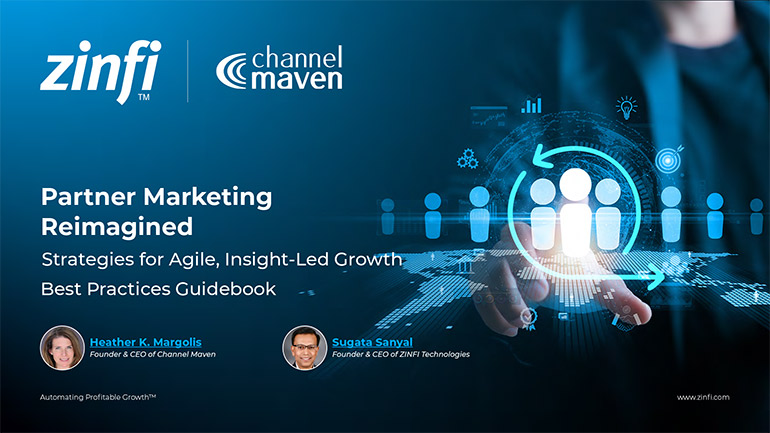 Partner Marketing Reimagined: Strategies for Agile, Insight-Led Growth
Partner Marketing Reimagined: Strategies for Agile, Insight-Led GrowthDownload Guide
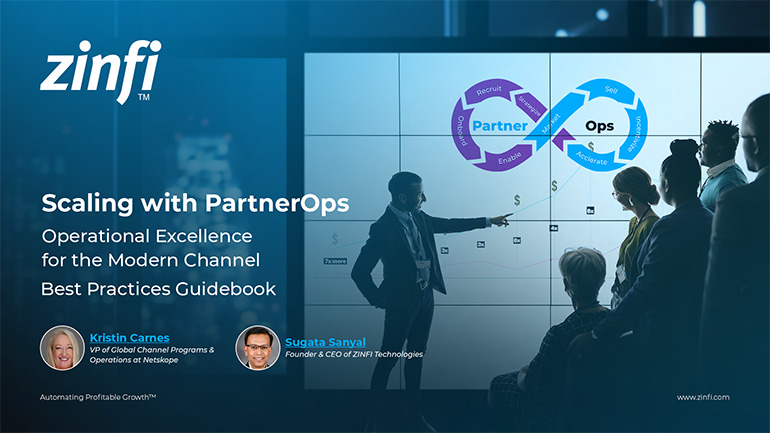 Scaling with PartnerOps Best Pratices
Scaling with PartnerOps Best PraticesDownload Guide
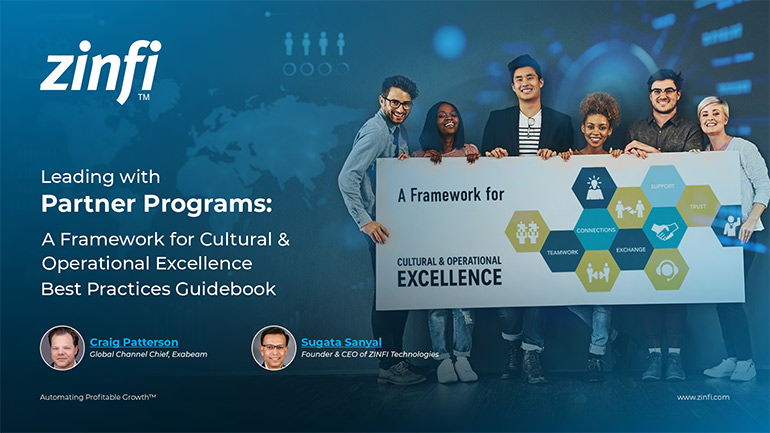 Leading with Partner Programs Best Pratices
Leading with Partner Programs Best PraticesDownload Guide
 The Partner-First Blueprint: Scaling Trust, Intelligence, and Ecosystem Growth
The Partner-First Blueprint: Scaling Trust, Intelligence, and Ecosystem GrowthDownload Guide
 Unlock Scalable Growth with The Partner Marketing Growth Blueprint
Unlock Scalable Growth with The Partner Marketing Growth BlueprintDownload Guide
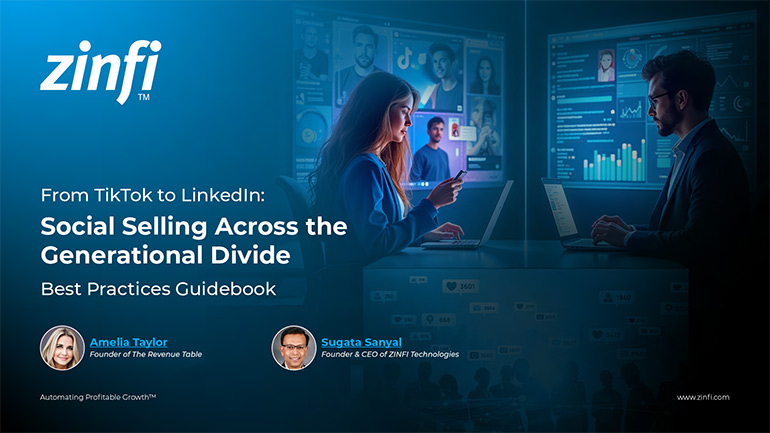 From TikTok to LinkedIn: Social Selling Across the Generational Divide
From TikTok to LinkedIn: Social Selling Across the Generational DivideDownload Guide
 Scaling Partner Ecosystems: From Enablement to Intelligence
Scaling Partner Ecosystems: From Enablement to IntelligenceDownload Guide
 The Ultimate Guide to Partner Marketing Success Best Practices
The Ultimate Guide to Partner Marketing Success Best PracticesDownload Guide
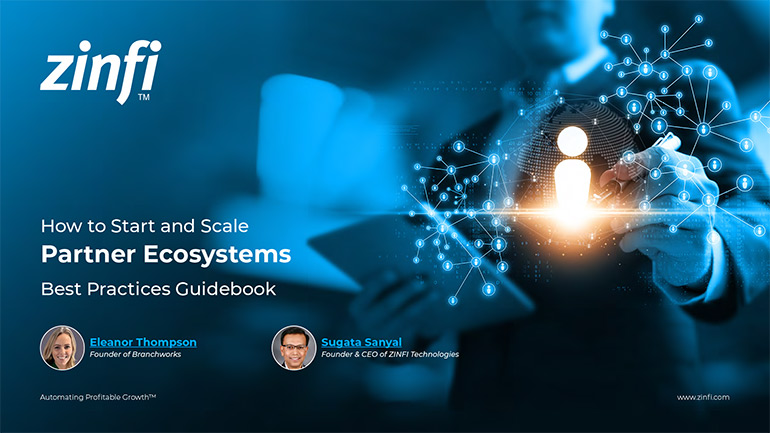 How to Start and Scale Partner Ecosystems Best Practices
How to Start and Scale Partner Ecosystems Best PracticesDownload Guide
 The Evolution of PartnerOps: Past, Present & Future Best Practices
The Evolution of PartnerOps: Past, Present & Future Best PracticesDownload Guide
 Mastering Channel Sales: Strategies, Best Practices, and Growth Tactics for 2025
Mastering Channel Sales: Strategies, Best Practices, and Growth Tactics for 2025Download Guide
 Winning with Partner Advisory Councils: Best Practices for Partner Engagement & Growth
Winning with Partner Advisory Councils: Best Practices for Partner Engagement & GrowthDownload Guide
 The Future of Partner Ecosystems Best Practices
The Future of Partner Ecosystems Best PracticesDownload Guide


